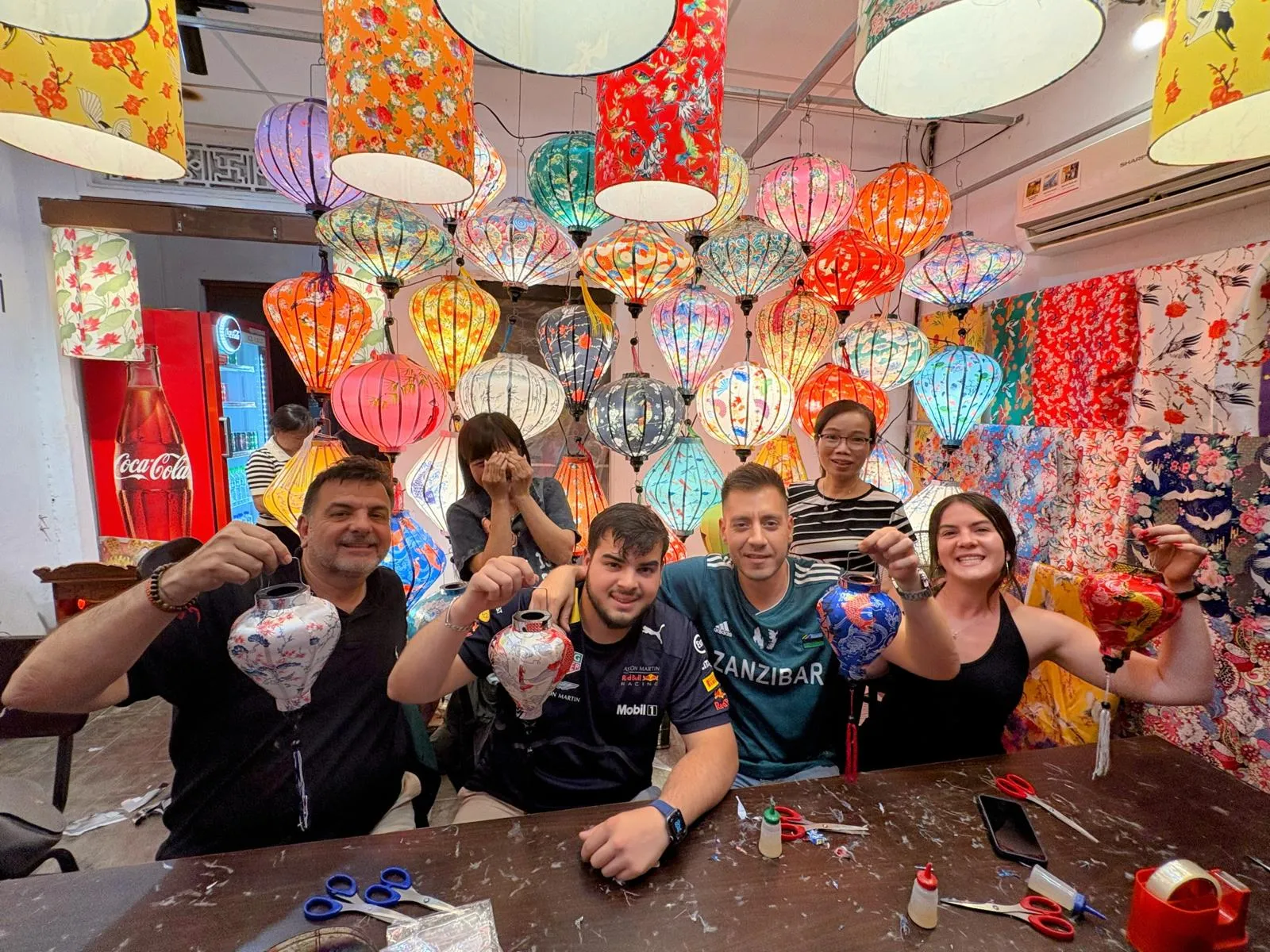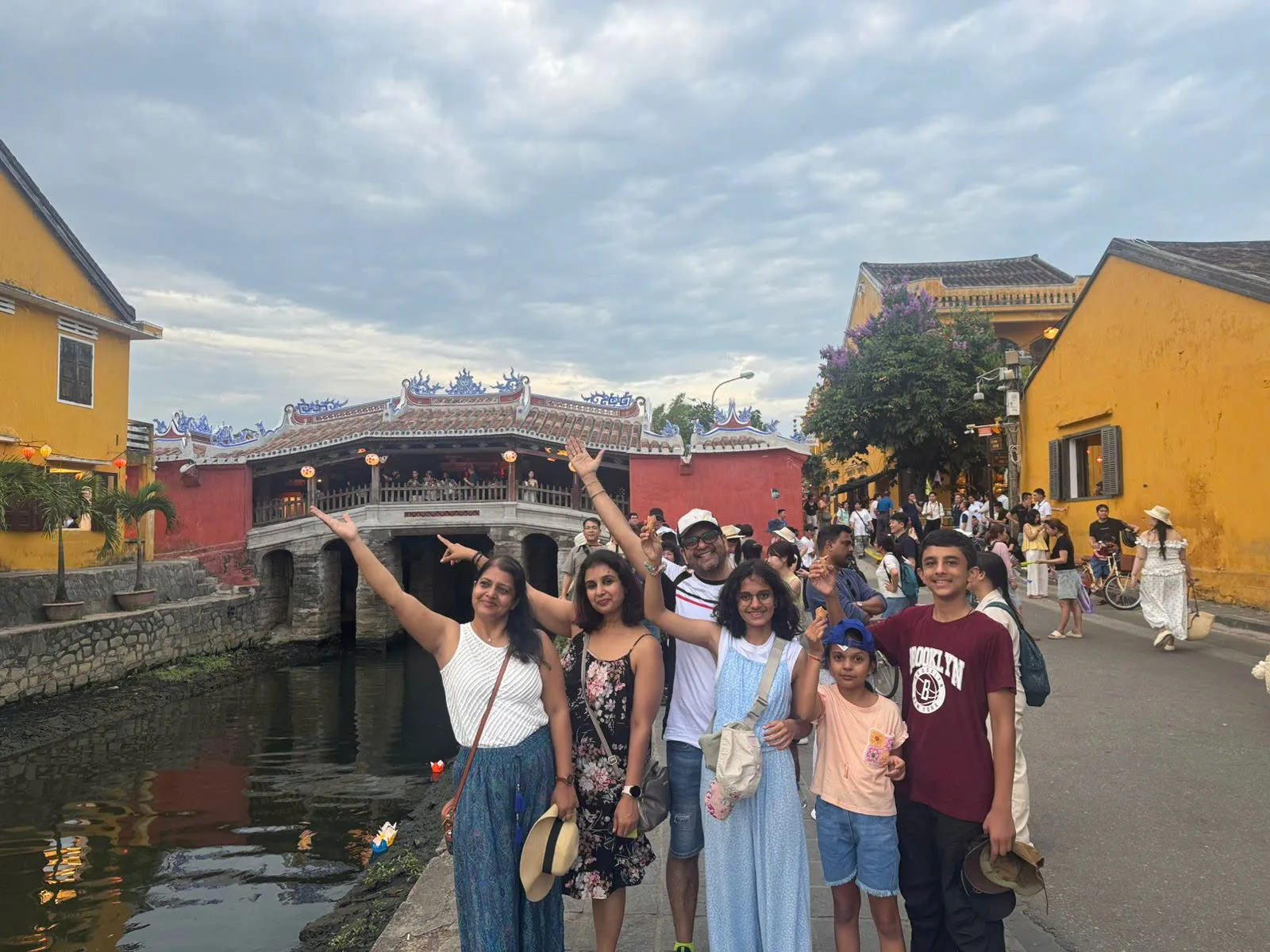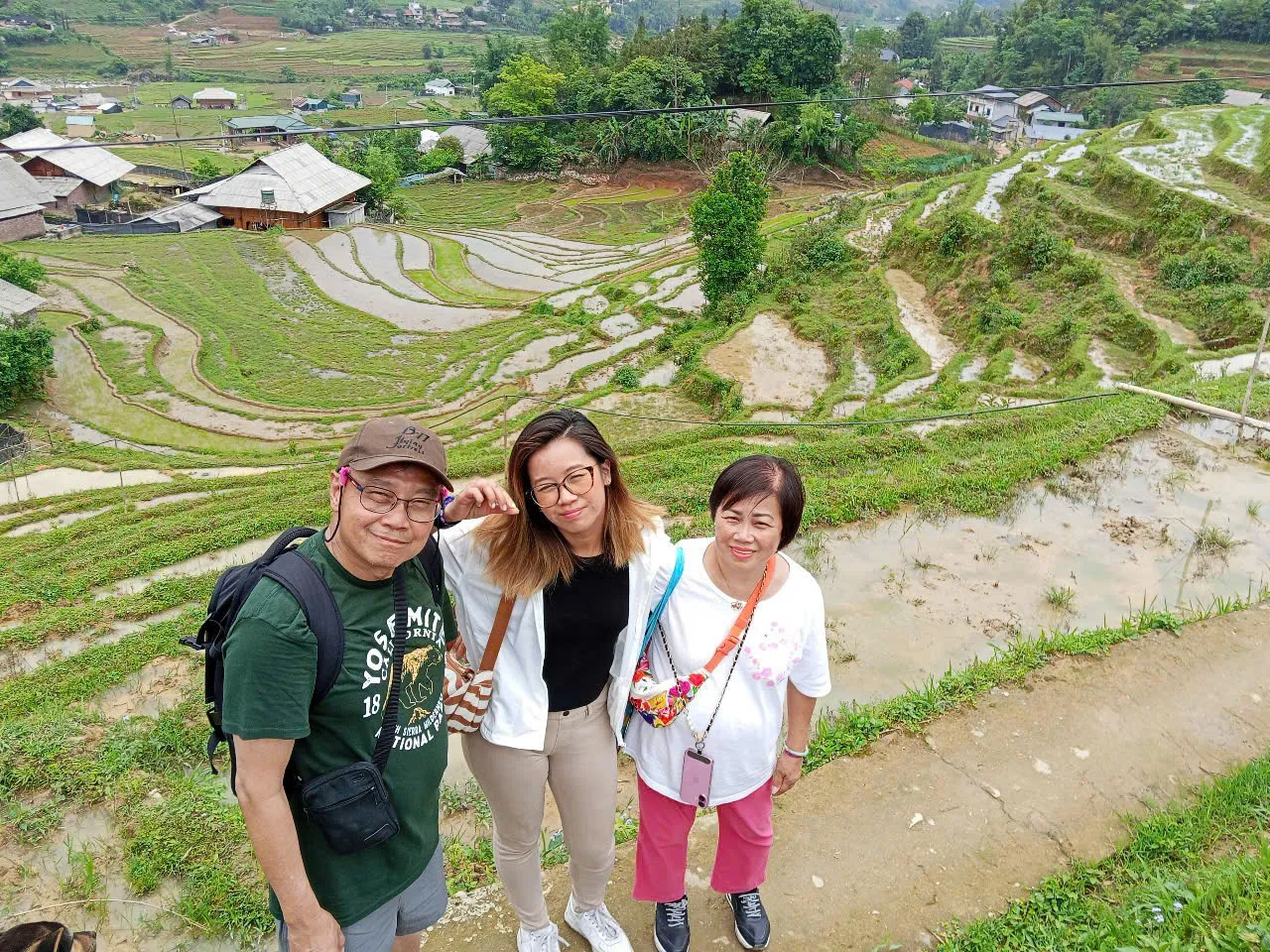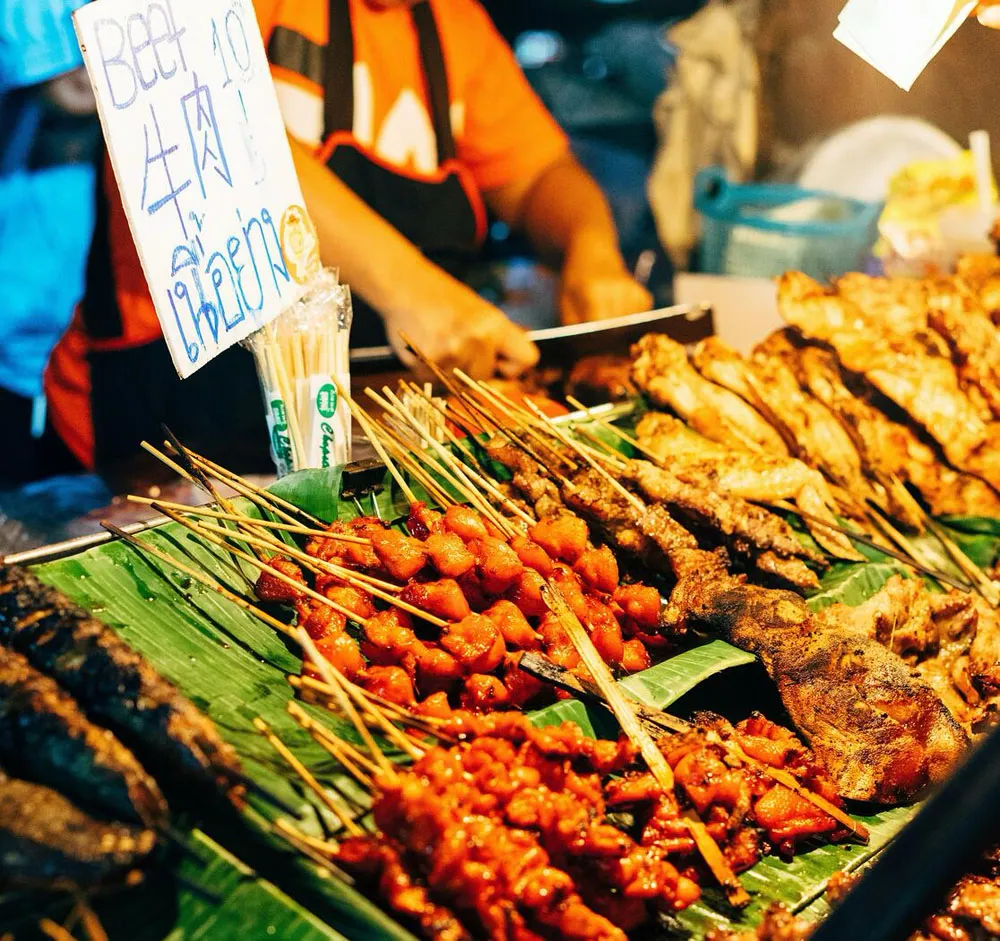
Must-Try dishes you can’t leave Thailand without
Pad Thai – Thailand’s global star, done right
Perhaps the most well-known Thai dish internationally, Pad Thai is a balanced stir-fried noodle dish with sweet, sour, and salty elements. The best versions feature shrimp, tofu, peanuts, and fresh lime, often wrapped in a delicate egg net. You’ll find street vendors across Bangkok, but Thip Samai remains one of the most iconic places to try it.
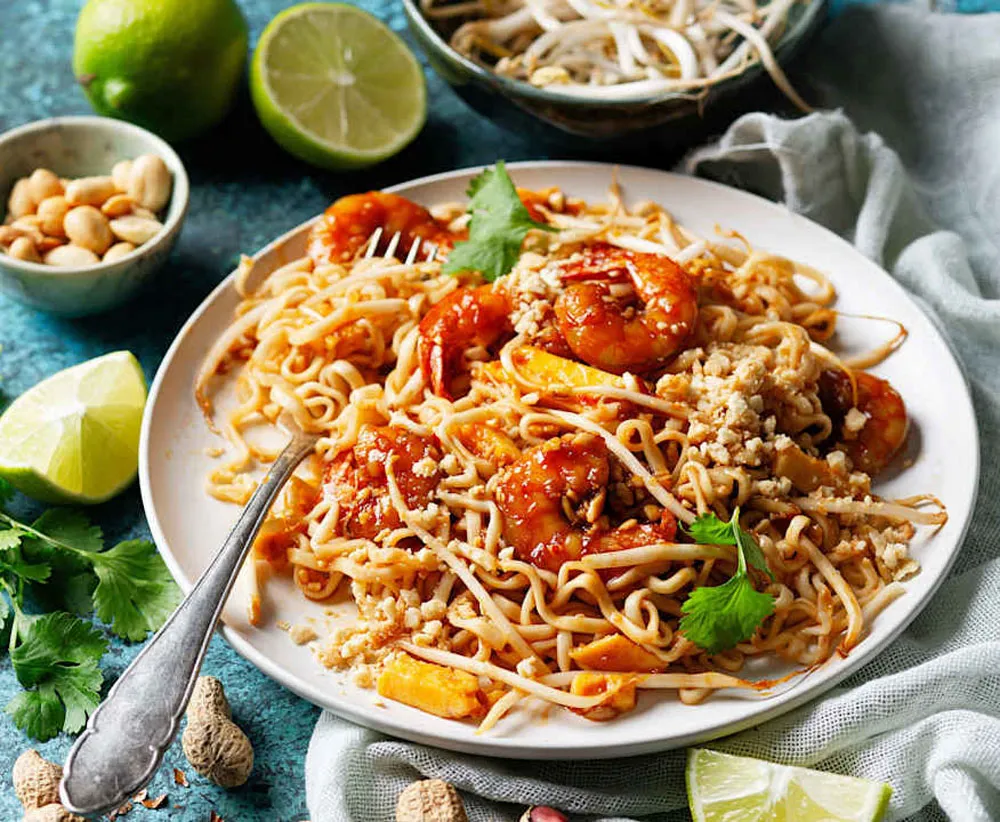 This hot and sour shrimp soup delivers an intense flavor punch, with lemongrass, galangal, lime leaves, and chili forming its fragrant base. It’s bold, aromatic, and perfect for those who enjoy spice. If you’re not used to Thai heat, say “mai phet” (not spicy) when ordering.
This hot and sour shrimp soup delivers an intense flavor punch, with lemongrass, galangal, lime leaves, and chili forming its fragrant base. It’s bold, aromatic, and perfect for those who enjoy spice. If you’re not used to Thai heat, say “mai phet” (not spicy) when ordering.
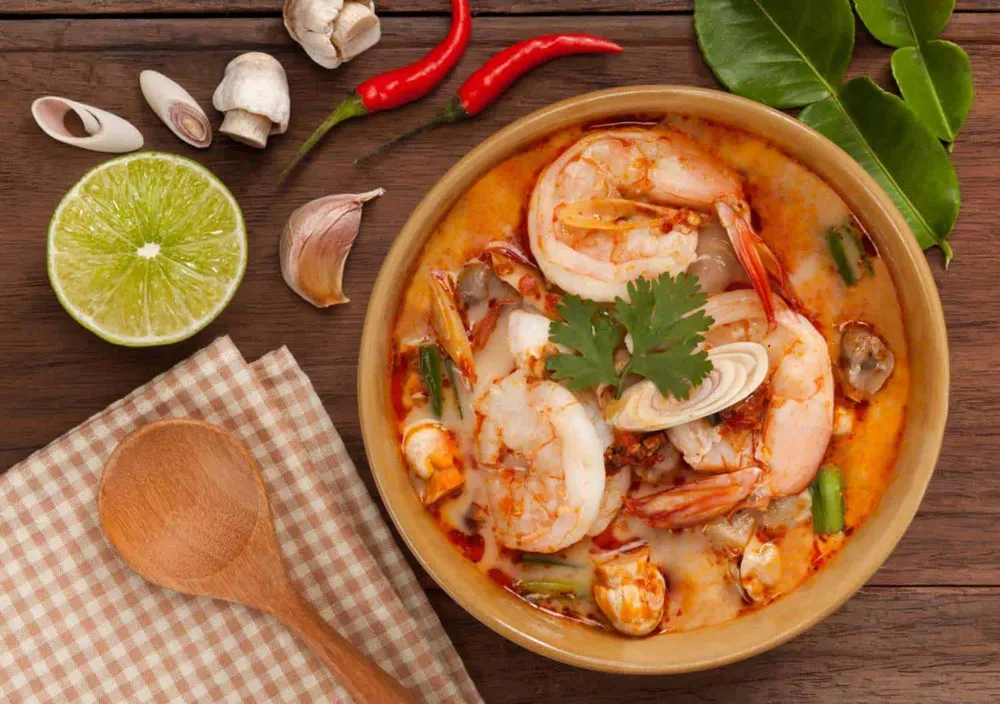
Thai Fried rice – comfort in a wok
Simple yet satisfying, Thai fried rice is a go-to comfort food. Popular versions include crab fried rice and pineapple fried rice served in a hollowed-out fruit. Less spicy than many Thai dishes, it’s an ideal choice for travelers easing into the cuisine.
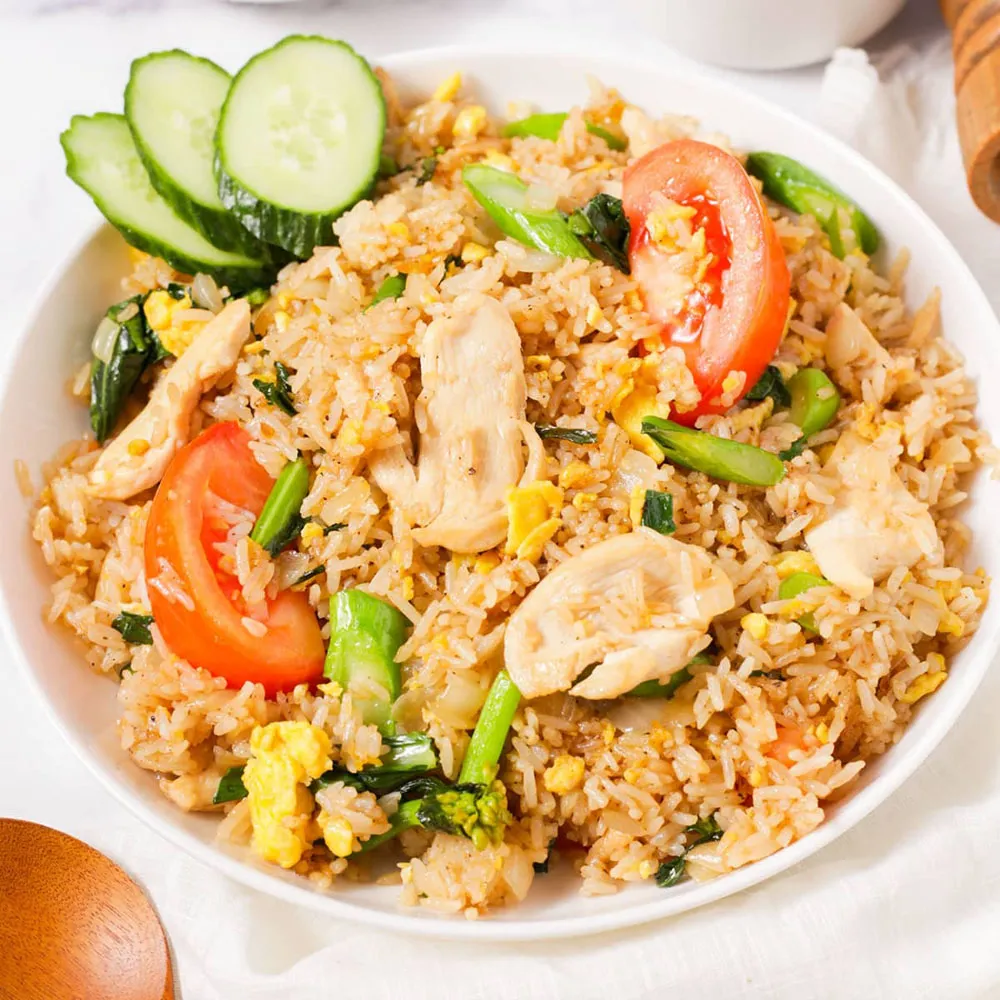
Dive into rich Thai flavors – curries & salads
Green Curry – creamy, spicy, and slightly sweet
Made with green chilies, coconut milk, and Thai basil, green curry offers a rich texture with a subtle sweetness. Best served with chicken or fish balls and a side of steamed jasmine rice, it’s a favorite among travelers who enjoy aromatic dishes.
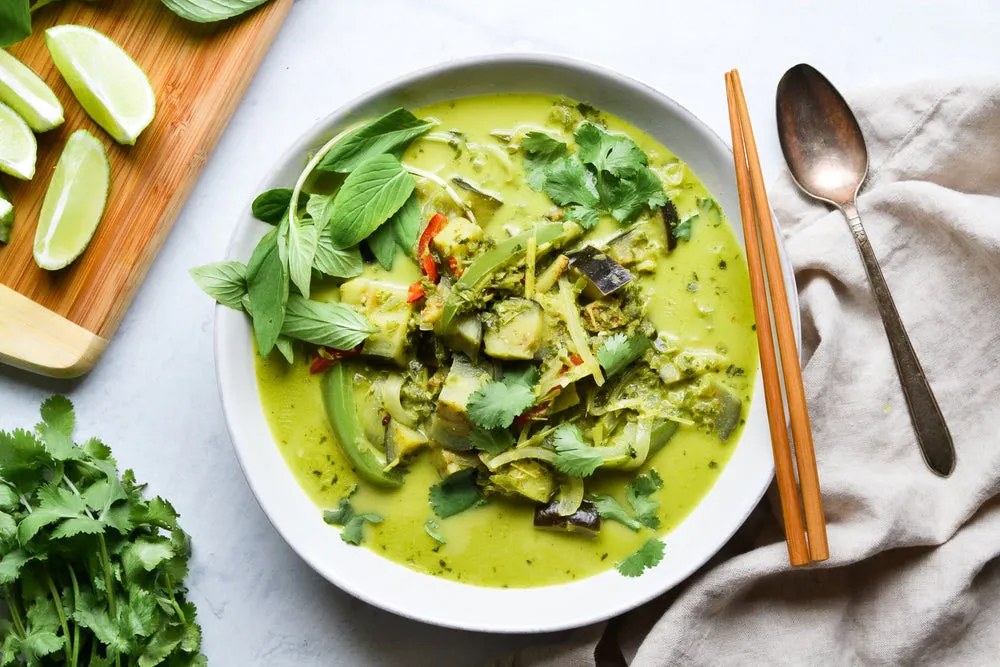
Massaman Curry – Thai meets Indian influence
A mellow, peanut-rich curry influenced by Indian and Muslim flavors, Massaman is a stew-like dish featuring tender beef or chicken, potatoes, and cinnamon. It’s especially popular in southern Thailand and appeals to those who prefer mild spice levels.
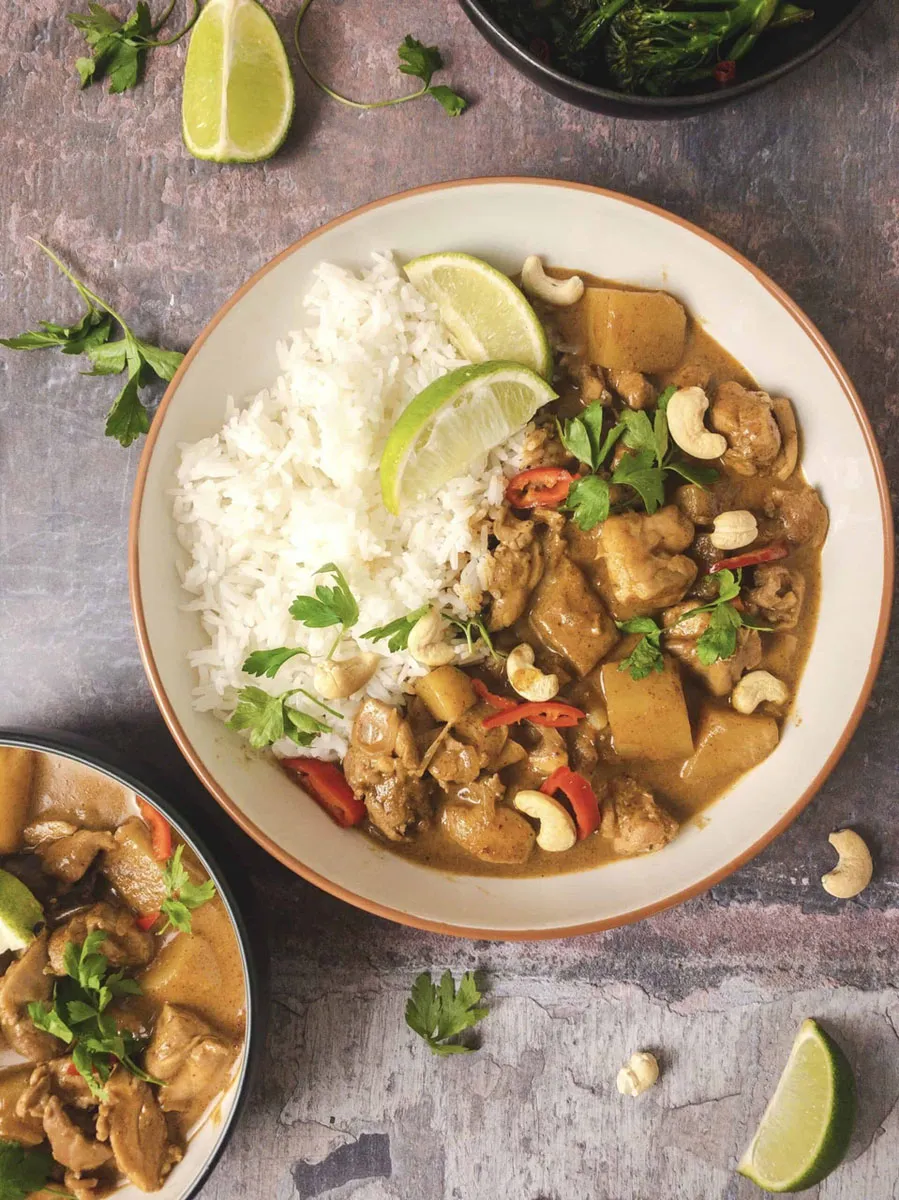
Som Tum – The Thai salad with a kick
Som Tum, or green papaya salad, is crunchy, sour, and often shockingly spicy. Made with shredded unripe papaya, garlic, chili, lime, and fish sauce, it’s a street food staple in Isan (Northeast Thailand). Always check spice levels before ordering—locals tend to like it hot!
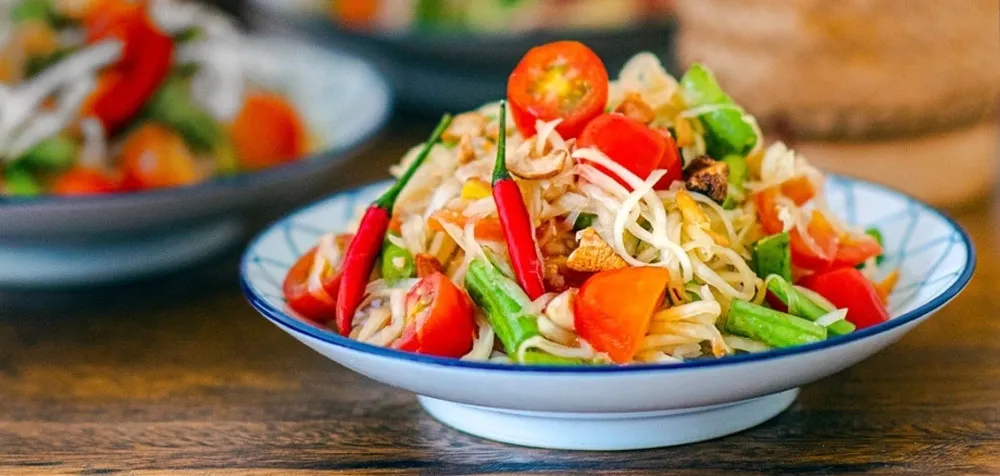
Eat like a local – Thai street food essentials
Moo Ping – Sweet grilled pork on a stick
Moo Ping is a flavorful street-side snack made of marinated pork grilled over charcoal. Slightly sweet, slightly smoky, and irresistibly juicy, it’s often served with sticky rice in a plastic bag for an authentic street food experience.
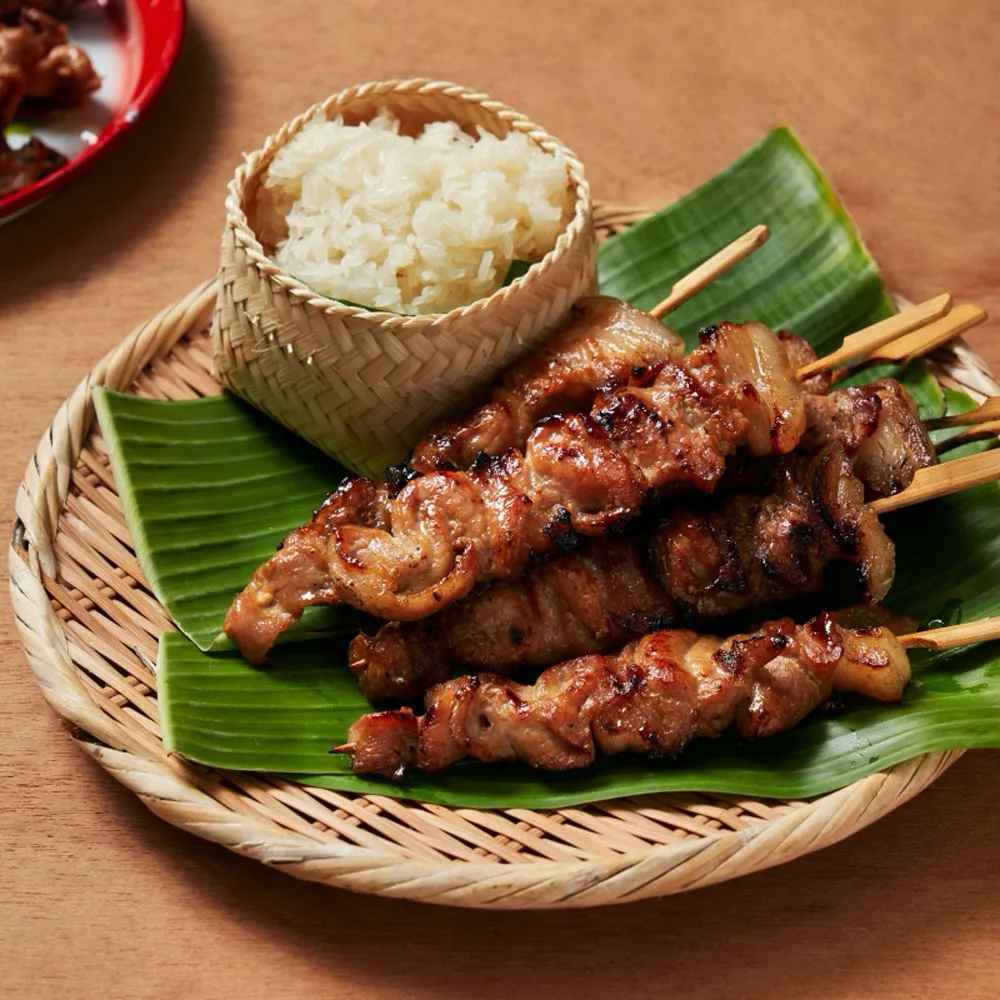
Boat Noodles – A rich bowl full of flavor
Originally served from canal boats, boat noodles are small but intensely flavored bowls of beef or pork noodles with dark, savory broth. The soup may contain a splash of pig’s blood, but don’t let that deter you—it adds richness and depth without any strong aftertaste.
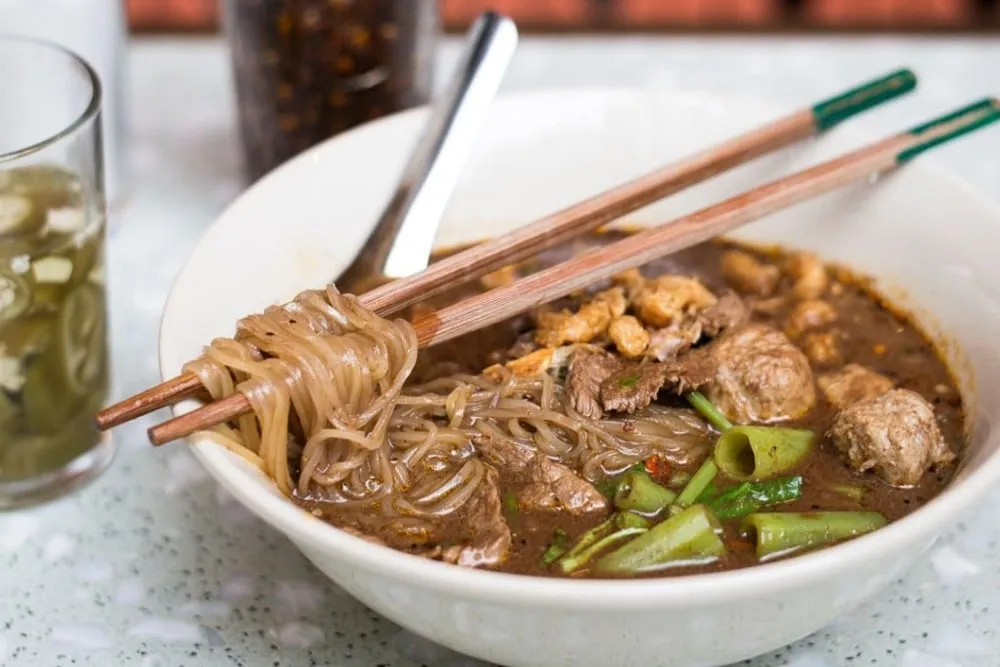
Thai Crepes – Sweet or savory, always fun
Known as Khanom Buang, Thai crepes are thin, crisp, and folded around fillings like coconut cream, egg yolk threads, or minced shrimp. You’ll find them at night markets across the country.

Regional eats – What to try across Thailand
Northern Thai dishes (Chiang Mai)
Northern Thai food is milder but rich in spices and herbs. Don’t miss Khao Soi, a creamy curry noodle soup topped with crispy egg noodles, pickled mustard greens, and lime. Also try Sai Ua, a grilled pork sausage flavored with lemongrass and chili paste.
Isan cuisine (Northeast Thailand)
The food of Isan is bold, herbal, and heavily influenced by Lao traditions. Dishes like Larb (a spicy minced meat salad), Gai Yang (grilled chicken), and sticky rice dominate. Som Tum originated here, and spice levels are typically higher.
Southern Thai delights (Phuket, Krabi)
Southern Thai food is intensely spicy and often includes seafood and coconut milk. Sample Gaeng Som (sour curry with fish and vegetables) or Khanom Jeen, cold rice noodles served with various curry sauces. For dessert, enjoy freshly made roti with banana and condensed milk.
Sweet treats & Thai drinks you’ll love
Mango sticky rice – Thailand’s signature dessert
Ripe mango slices served over sticky rice soaked in coconut milk make this dish a tropical dream. Best enjoyed during mango season (April to June), it’s a dessert you’ll find in both street stalls and upscale restaurants.
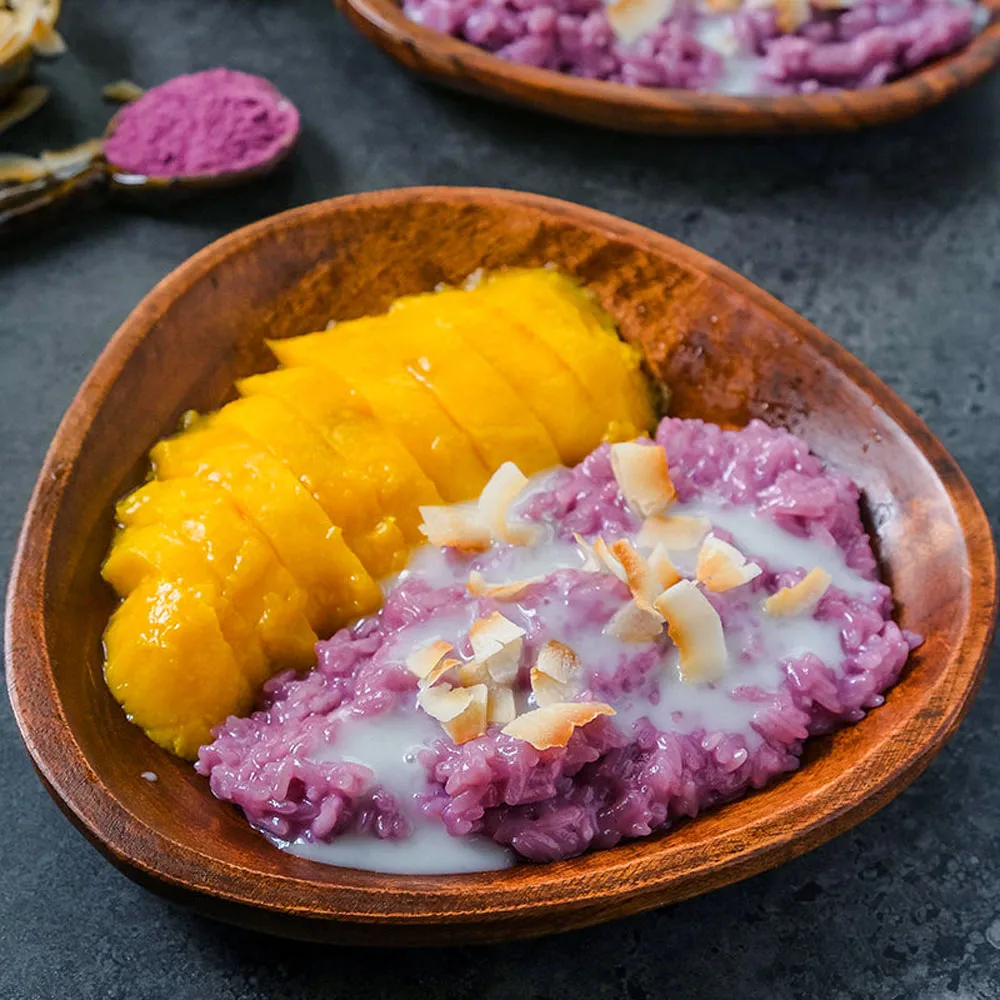
Tub Tim Grob – “Red rubies” in coconut ice
A refreshing dessert made with crunchy water chestnuts coated in red food coloring and served in sweetened coconut milk with crushed ice. It’s perfect for cooling off on a hot day.
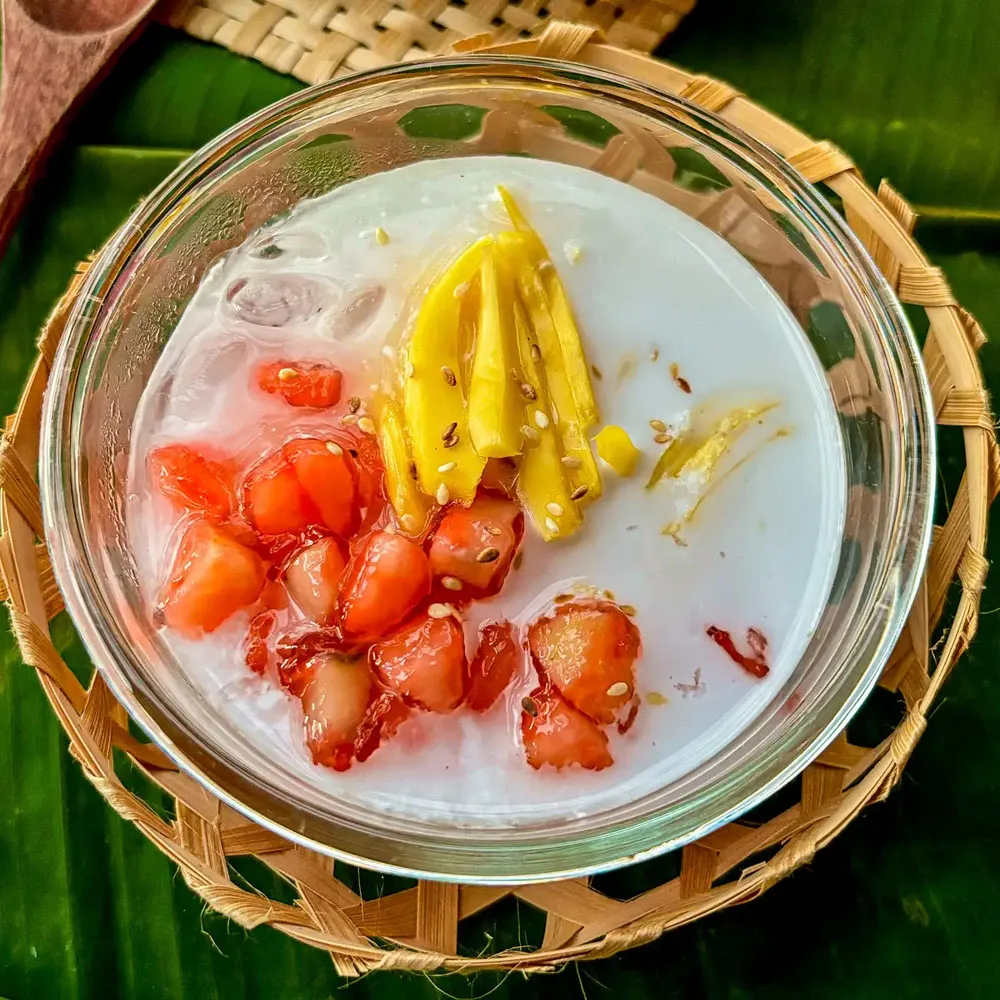
Thai iced tea – Sweet, milky, and delicious
Brewed strong with spices and poured over ice with sweetened condensed milk, Thai iced tea (Cha Yen) is the country’s most iconic drink.
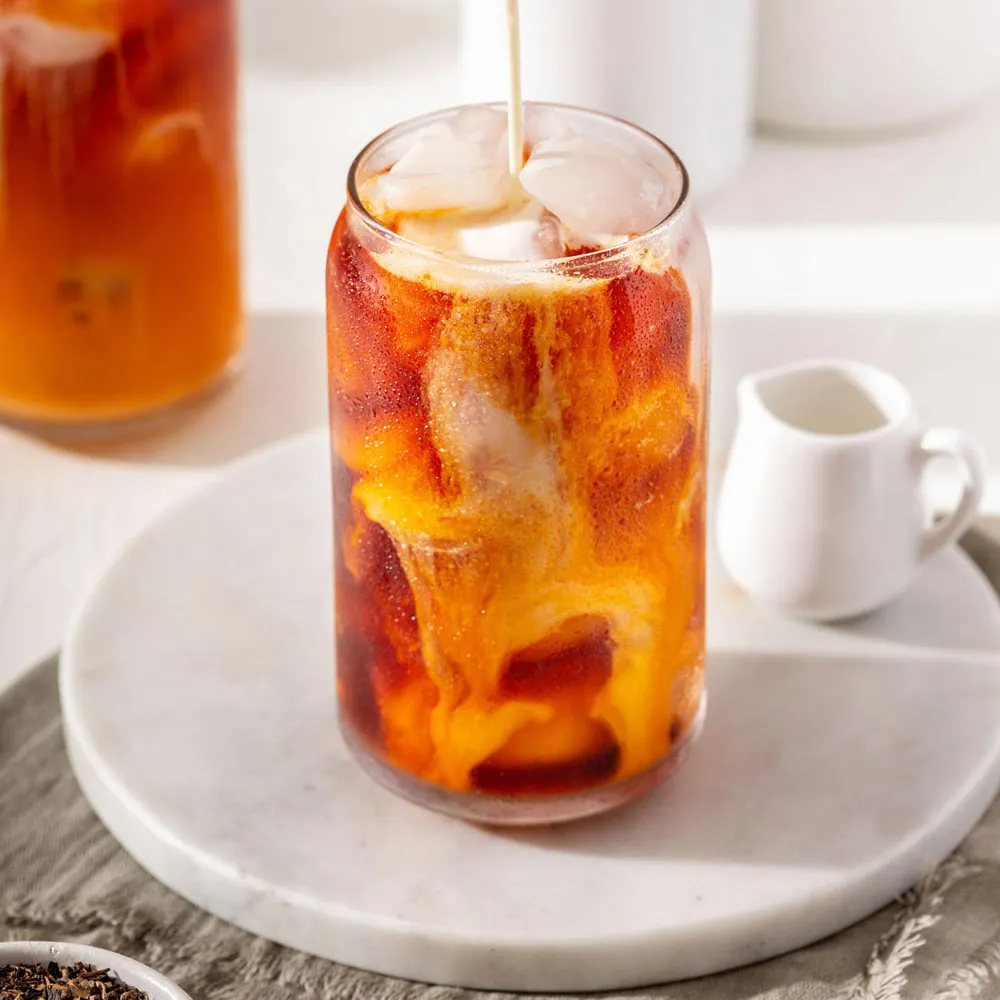
Insider tips for eating in Thailand
How to order like a local
Ordering is easy with a smile. Pointing works fine, but you can say “Ao an-nee” (I’ll have this) to be polite. Many places display dishes with pictures, and some street vendors speak basic English.
Adjusting for spice & dietary needs
Thai food is known for its spice, but you can ask for “mai phet” (not spicy) or “phet nit noy” (a little spicy). Vegetarians can say “mang-sawirat.” Halal food is readily available in the south, and while gluten-free options are limited, rice-based dishes are common.
Food safety basics
Stick to busy stalls where food is cooked fresh. Avoid ice from unknown sources and raw vegetables from street vendors unless peeled or cooked.
Where to eat – Markets, night stalls & local favorites
Best places to find in Bangkok
Don’t miss Yaowarat (Chinatown) for a mix of traditional and trendy bites. Chatuchak Market is great on weekends, while Ratchada Train Market is a haven for night owls seeking food variety.
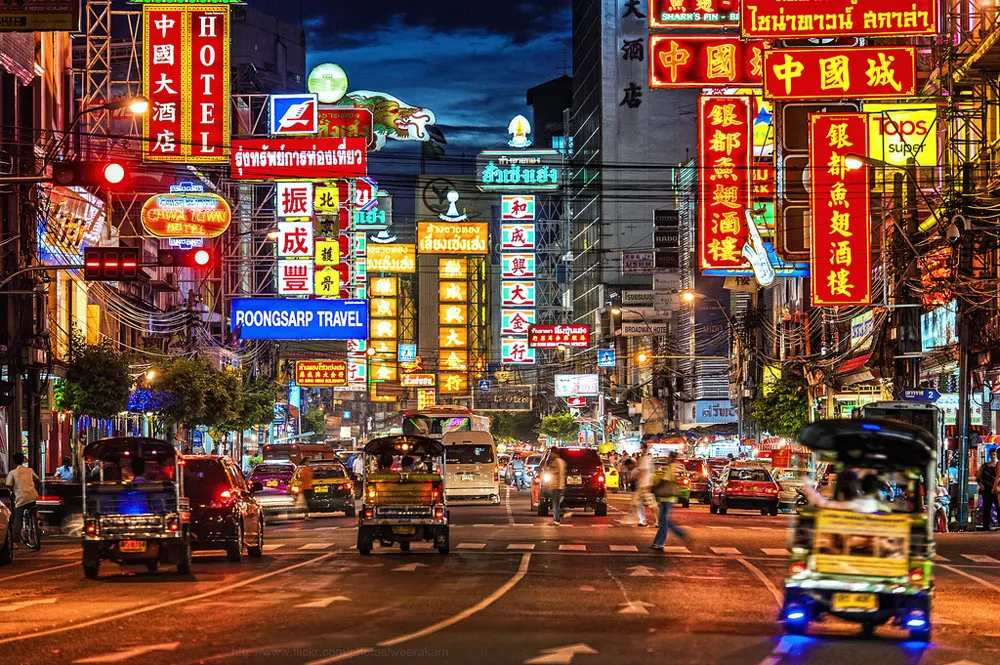
Chiang Mai food hotspots
Visit the Sunday Night Market and Warorot Market for authentic northern cuisine. Side alleys in the Old Town offer hidden gems and family-run food stalls.
Phuket & the islands
Head to Lock Tien Food Court in Phuket Town or explore Malin Plaza in Patong for great local seafood, snacks, and desserts.
Final bite – eat adventurously, eat respectfully
Thailand offers one of the most diverse and vibrant food cultures in the world. From region to region, every dish tells a story—whether it’s centuries-old royal recipes or humble street snacks passed down through generations. Embrace the spice, try something unfamiliar, and let your culinary curiosity guide you.
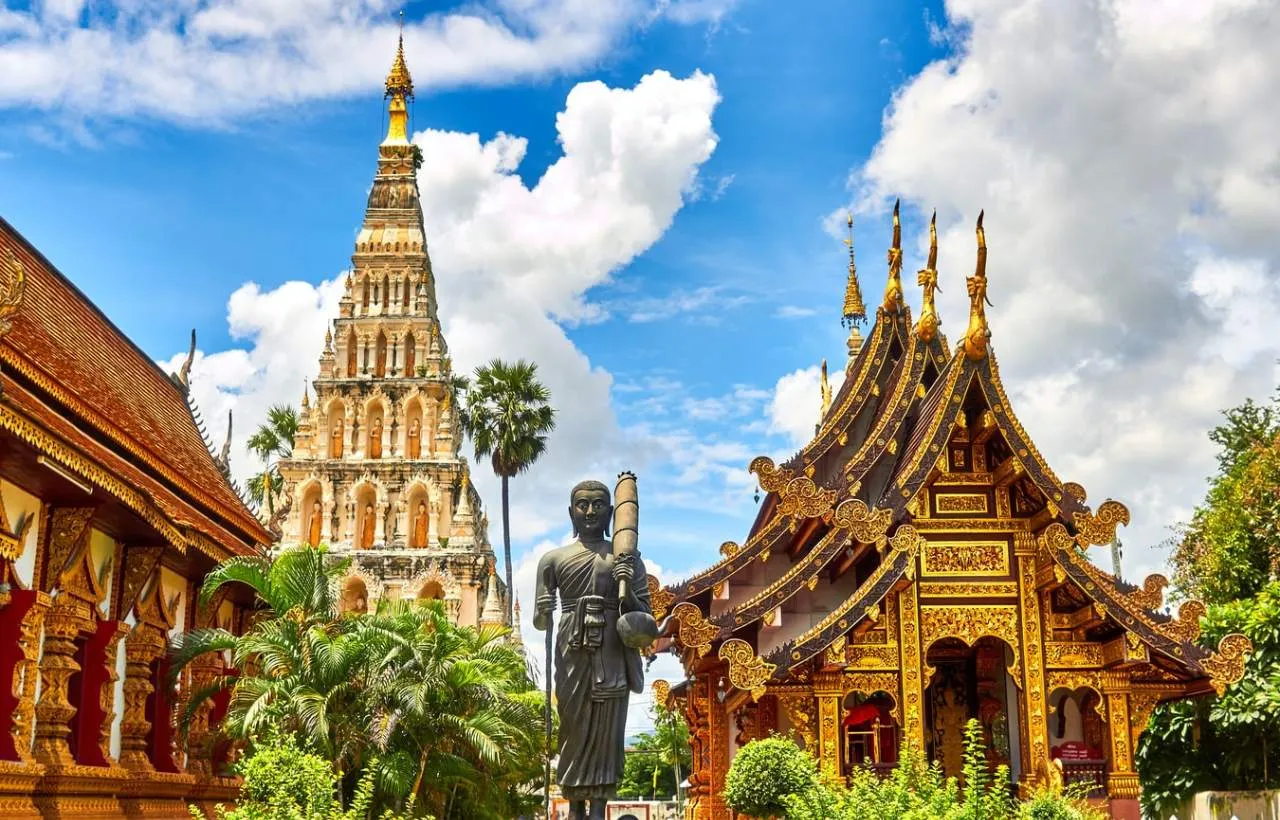
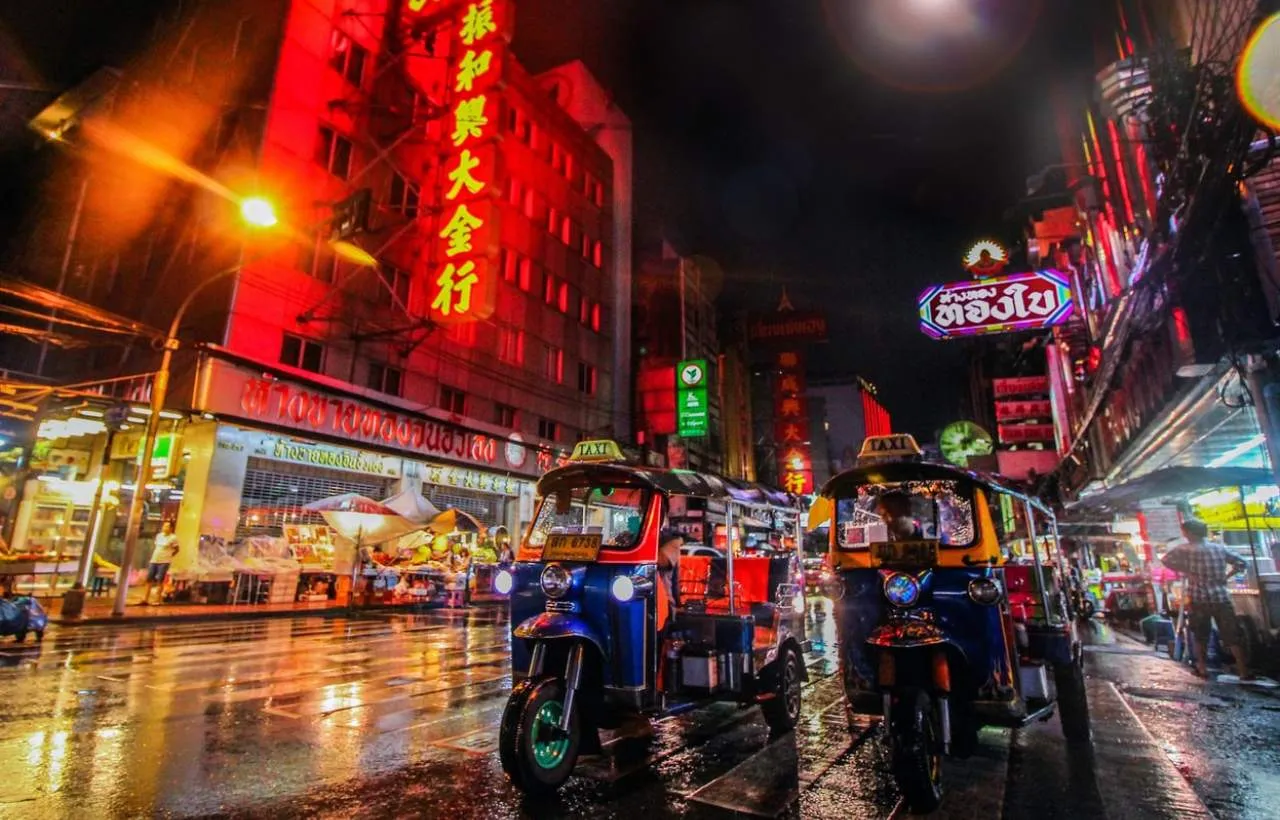


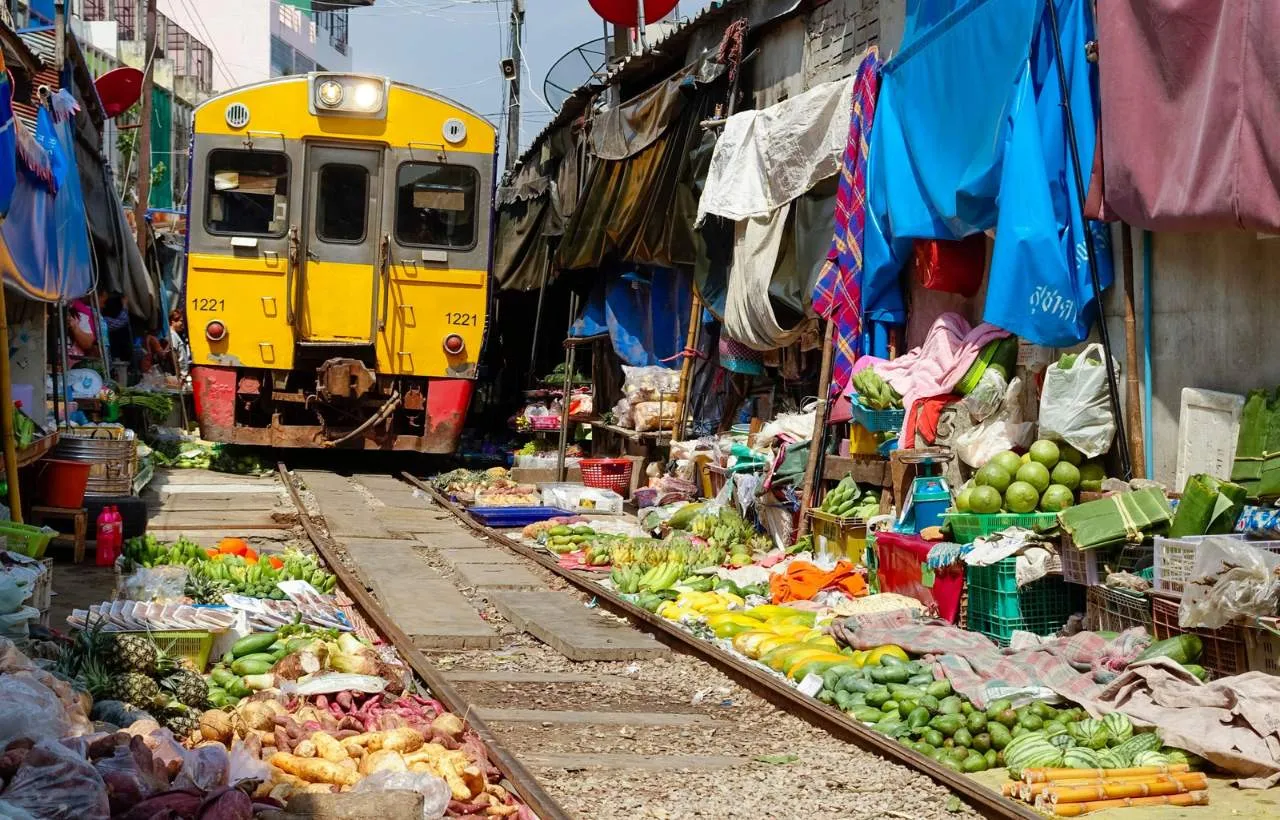










 This hot and sour shrimp soup delivers an intense flavor punch, with lemongrass, galangal, lime leaves, and chili forming its fragrant base. It’s bold, aromatic, and perfect for those who enjoy spice. If you’re not used to Thai heat, say “mai phet” (not spicy) when ordering.
This hot and sour shrimp soup delivers an intense flavor punch, with lemongrass, galangal, lime leaves, and chili forming its fragrant base. It’s bold, aromatic, and perfect for those who enjoy spice. If you’re not used to Thai heat, say “mai phet” (not spicy) when ordering.














 View trip map
View trip map






